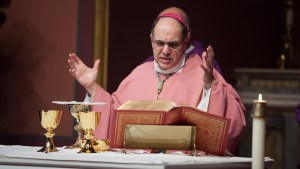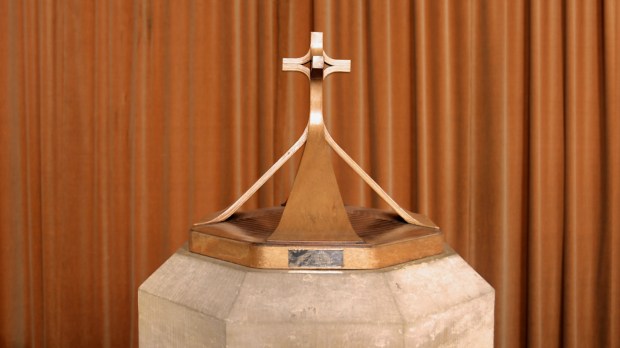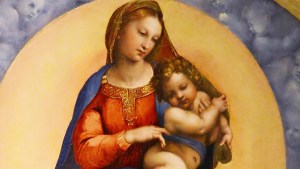Among the various traditions and customs practiced on the 4th Sunday of Lent, one included the visitation of a Christian’s baptismal church.
This tradition was practiced in particular in England, though it may have been a custom in other countries as well.
An early 20th-century magazine explains this unique pilgrimage:
[T]he faithful would visit the church of their childhood and baptism. At some later date this developed into Mothering Sunday, when the youth scattered from home would return to it bringing a gift to Mother and partaking of the special dishes which custom and Mother provided.
The Church Handy Dictionary, confirms this practice, though suggests that Christians would visit the local cathedral or “Mother Church” of their area:
In several parts of England, it is known by the name of Mothering Sunday, from an ancient practice of making a pilgrimage to the Mother Church, usually the Cathedral of the neighborhood on this day. The comparatively modern and local custom of young men and women going home to visit their parents on this day is probably a survival of the older practice.
The reason why the church of someone’s baptism could be called their Mother Church is because the newly baptized are said to be “born anew” through baptism.
Baptism is a “new birth” into the spiritual life of the Church, and so the place where that happens, is referred to as the Mother Church of that Christian.
This practice was easier in the pre-industrial age, as people would normally stay within a few miles of their birth, never traveling very far from it.
While it may be more difficult for us in the modern age, it is still a worthy practice. If you can’t visit your baptismal church, you may be able to visit the local cathedral, the “Mother Church” of your diocese. And if you are in the UK, Ireland, or Nigeria, the 4th Sunday of Lent is Mother’s Day, a day to honor your own mother.



